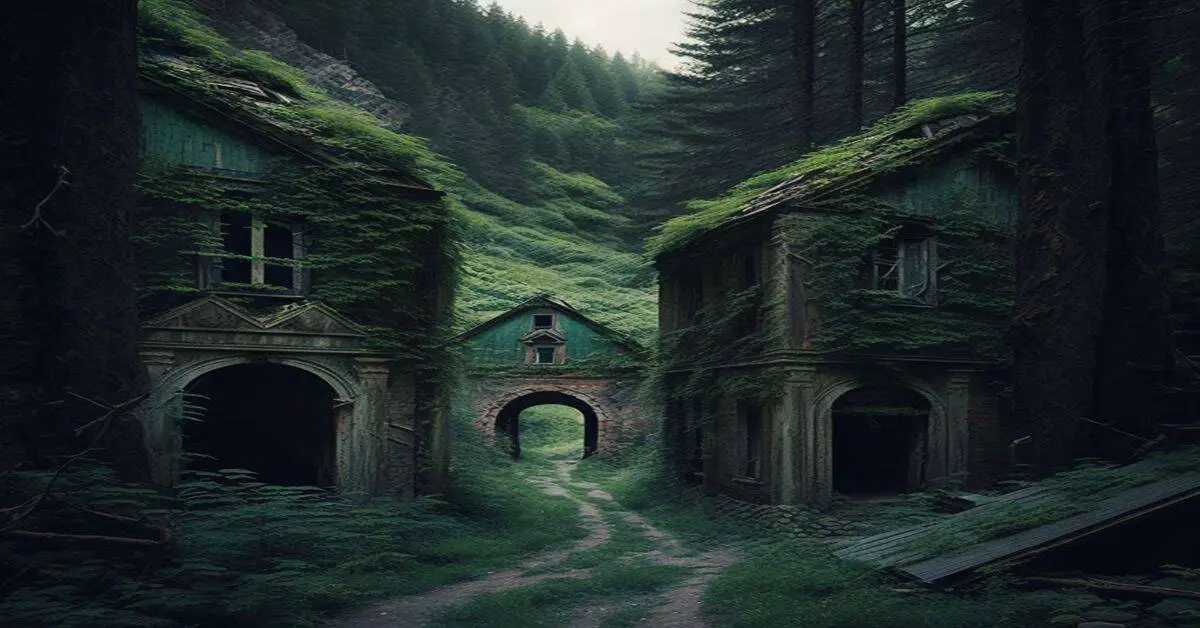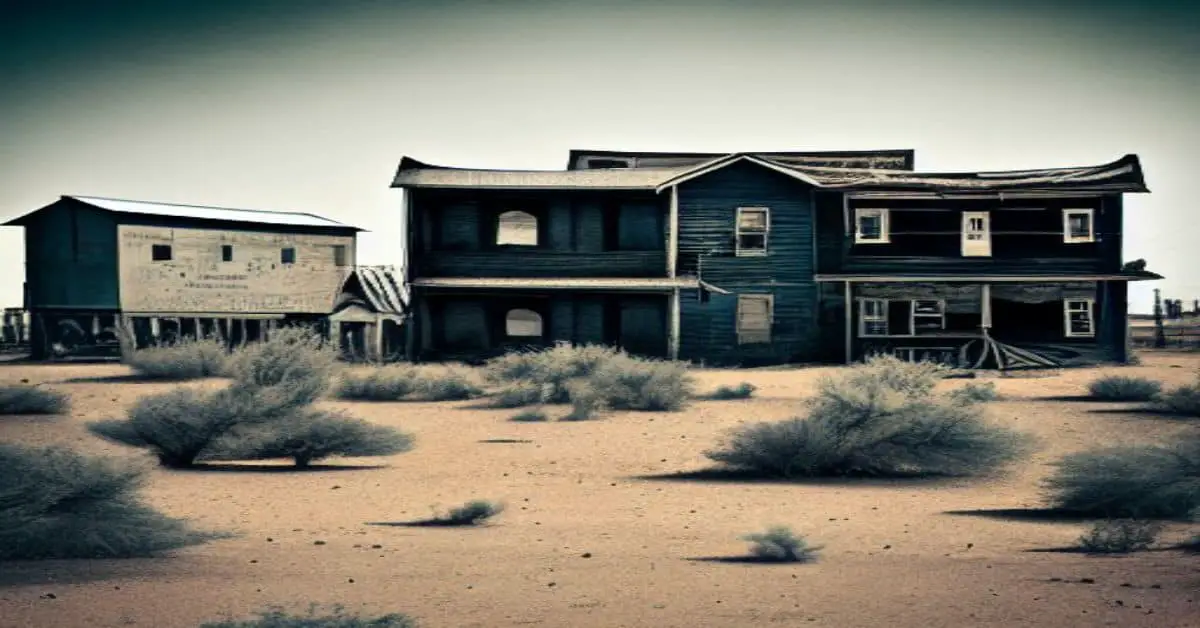Saguache County in Colorado is home to three captivating ghost towns – Alder, Bonanza, and Crestone – that offer a glimpse into the region’s rich history.
These towns, now abandoned, were once thriving communities that played a critical role in the development of the area.
Exploring these ghost towns today provides an opportunity to discover the past and learn about the lives of those who lived and worked there.
This article serves as a guide for those interested in exploring Saguache’s ghost towns. It offers valuable information on what to expect when visiting each town, recommended books, links, and things to do.
Whether you’re a history buff, an adventurer, or simply curious, this article provides a comprehensive overview of each town, highlighting its unique features and attractions.
So, let’s delve into the world of Saguache’s ghost towns and discover the fascinating stories they have to tell.
Key Takeaways
- Saguache County in Colorado has three ghost towns: Alder, Bonanza, and Crestone.
- These ghost towns offer a glimpse into the area’s rich mining history and the lives of the people who once lived and worked there.
- Visitors can take guided tours or explore on their own through hiking trails and scenic drives to learn about the history and culture of the area.
- Each ghost town has unique buildings and structures, such as the Alder General Store or the Bonanza Jail, that offer a glimpse into the past.
Key Points
The key points of the article on ghost towns in Saguache County, Colorado, include a listing of three specific ghost towns – Alder, Bonanza, and Crestone, with additional information on Colorado books, links, and things to do but no numerical data is provided. Some space and x’s are present, making it a somewhat incomplete resource for ghost town enthusiasts.
Despite this, the article serves as a useful starting point for those interested in exploring the history and culture of Saguache County’s ghost towns, which offer tourist attractions and historical significance.
Alder, Bonanza, and Crestone are just a few examples of the many ghost towns scattered throughout Saguache County. These towns are a testament to the area’s rich mining history and offer visitors a glimpse into life during the late 19th and early 20th centuries.
From exploring abandoned buildings to learning about the town’s past inhabitants, these ghost towns provide an opportunity to step back in time and experience a part of Colorado’s history that is often overlooked.
Featured Ghost Towns
This section highlights three locations within Saguache County, classified as ghost towns: Alder, Bonanza, and Crestone. Each location has a unique history and can provide an interesting glimpse into the past. Exploring these abandoned buildings and learning about the people who once lived there can be a rewarding experience for those interested in history.
Some interesting facts about these ghost towns include:
- Alder was once a prosperous mining town that produced over $10 million in gold and silver during its peak in the late 1800s.
- Bonanza was home to the first silver strike in Colorado and had a population of over 2,000 people at its peak.
- Crestone was a small farming community abandoned during the Dust Bowl era of the 1930s.
These ghost towns have unique buildings and structures that offer a glimpse into the past, such as the Alder General Store or the Bonanza Jail.
Exploring these locations can be a great way to learn about Colorado’s mining and agricultural history, and to appreciate the resilience of those who lived in these harsh environments.
Resources and Links
Numerous resources and links are available for those interested in delving deeper into the rich history and culture of Saguache County’s ghost towns.
Colorado books offer a wealth of information and insight into the area’s past, providing a glimpse into the lives of those who once called these abandoned settlements home. These books delve into the stories of the people who lived in these towns, their struggles, triumphs, and losses, painting a vivid picture of life in the Old West.
In addition to books, numerous tourism activities are available for those looking to explore the ghost towns of Saguache County. Visitors can take guided tours of the towns, learning about the history and culture of the area from knowledgeable locals.
For those who prefer to explore independently, hiking trails and scenic drives offer breathtaking views of the surrounding landscape. Whether exploring the towns on foot or by car, visitors will surely be captivated by these abandoned settlements’ rich history and culture.
Frequently Asked Questions
What caused these towns to become ghost towns?
The mining industry’s decline led to economic downturns in Alder, Bonanza, and Crestone, causing residents to relocate. Natural disasters such as fires and floods also contributed to the abandonment of these ghost towns.
Are there any ghost stories or legends associated with these towns?
As for the ghost stories and legends associated with Alder, Bonanza, and Crestone, their origins remain unclear. However, some visitors have reported supernatural encounters, adding to the eerie atmosphere of these abandoned towns.
What is the current state of preservation for the remaining structures in these towns?
Preservation efforts for remaining structures in Alder, Bonanza, and Crestone have been largely community-driven. The towns have received grants and volunteer efforts to stabilize buildings, but some structures remain disrepair. Community involvement is key to future preservation efforts.
Are there any guided tours or historical societies dedicated to these ghost towns?
Local experts offer guided tours of Saguache County’s ghost towns, including Alder, Bonanza, and Crestone. These tours provide historical context and insight into the area’s mining heritage.
Has any paranormal activity been reported in these towns?
Possible paranormal explanations for ghostly experiences in Alder, Bonanza, and Crestone, Colorado, have been reported by some visitors. Local beliefs and superstitions surrounding the abandoned towns add to their eerie reputation, but scientific evidence remains inconclusive.


